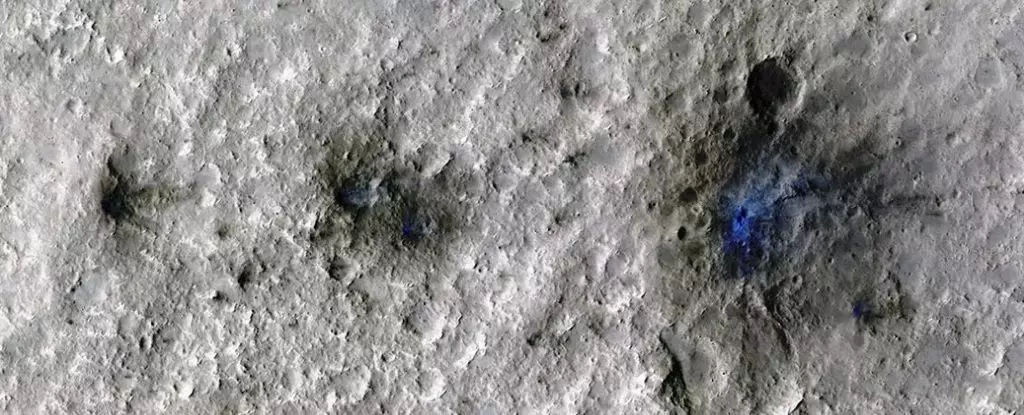The recent analysis of data collected by a seismometer on Mars has provided startling revelations about the red planet’s constant bombardment by space rocks. Contrary to previous assumptions, Mars is experiencing a relentless onslaught of meteorite impacts, with impacts occurring almost daily. The Mars InSight lander, over its four-year mission, has shed light on the geological activity of Mars by detecting impact-related tremors, offering scientists a new perspective on the planet’s history and evolution.
The frequency of meteorite impacts on a planetary surface serves as a crucial indicator of its age and geological history. By utilizing seismic data from the Mars InSight mission, researchers have been able to estimate the rate of impacts on Mars, which in turn assists in determining the age of its various surfaces. The formation of craters on a planetary body provides valuable insights into the timeline of its geological evolution. The data collected by Mars InSight can be likened to a “cosmic clock,” allowing scientists to date Martian surfaces and potentially extend this knowledge to other planets in the solar system.
While Earth sees thousands of meteors entering its atmosphere annually, Mars experiences a higher rate of impacts due to its thin atmosphere and proximity to the asteroid belt. The sparse atmosphere on Mars offers little protection against incoming space rocks, resulting in a higher impact rate on the planet’s surface. Previous estimates of Martian impact rates relied on satellite imagery, but the data gathered by Mars InSight has provided a more precise measurement of impacts by detecting tremors caused by meteorite impacts.
By combining satellite imagery of new crater formations with seismic data from Mars InSight, researchers have been able to calculate the global impact rate on Mars. The analysis revealed that Mars experiences between 280 and 360 impacts that produce craters larger than 8 meters annually, translating to approximately one impact per day. Additionally, craters exceeding 30 meters in diameter appear roughly once a month on the Martian surface. This comprehensive data not only enhances our understanding of Mars’ history but also offers valuable information for future human exploration of the red planet.
Overall, the in-depth analysis of impact rates on Mars provides a fascinating glimpse into the ongoing meteorite bombardment that shapes the planet’s surface and geological features. The utilization of seismic data from the Mars InSight mission marks a significant advancement in planetary research, offering new insights into the age and evolution of Mars. As exploration of Mars continues, the knowledge gained from these impact studies will play a vital role in preparing for future missions and expanding our understanding of the Martian landscape.


Leave a Reply